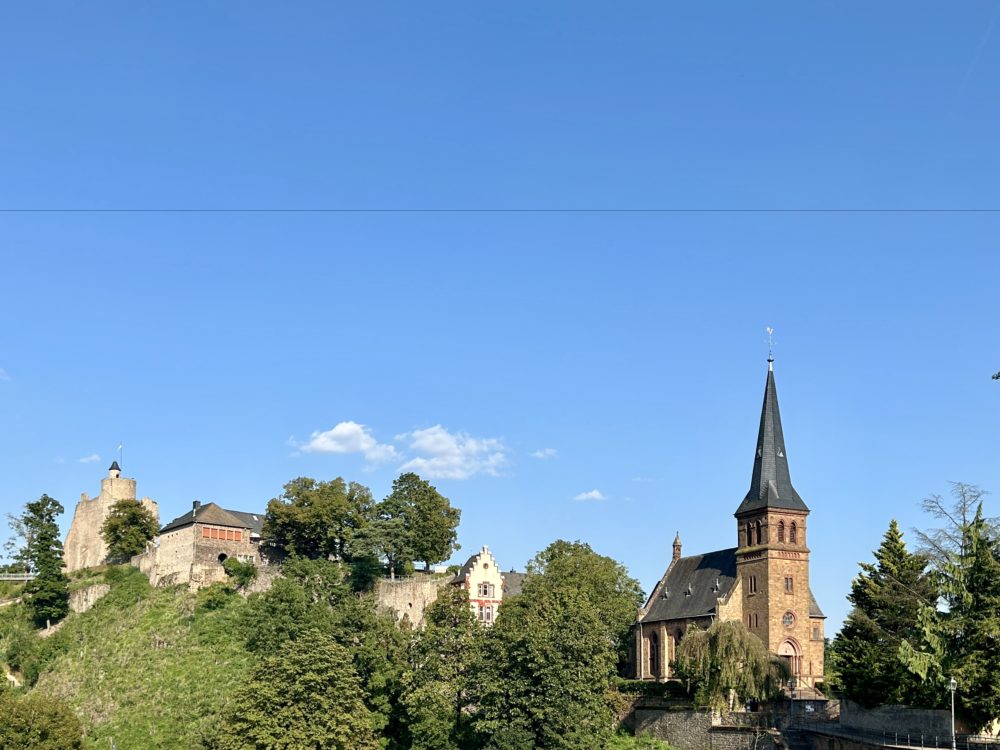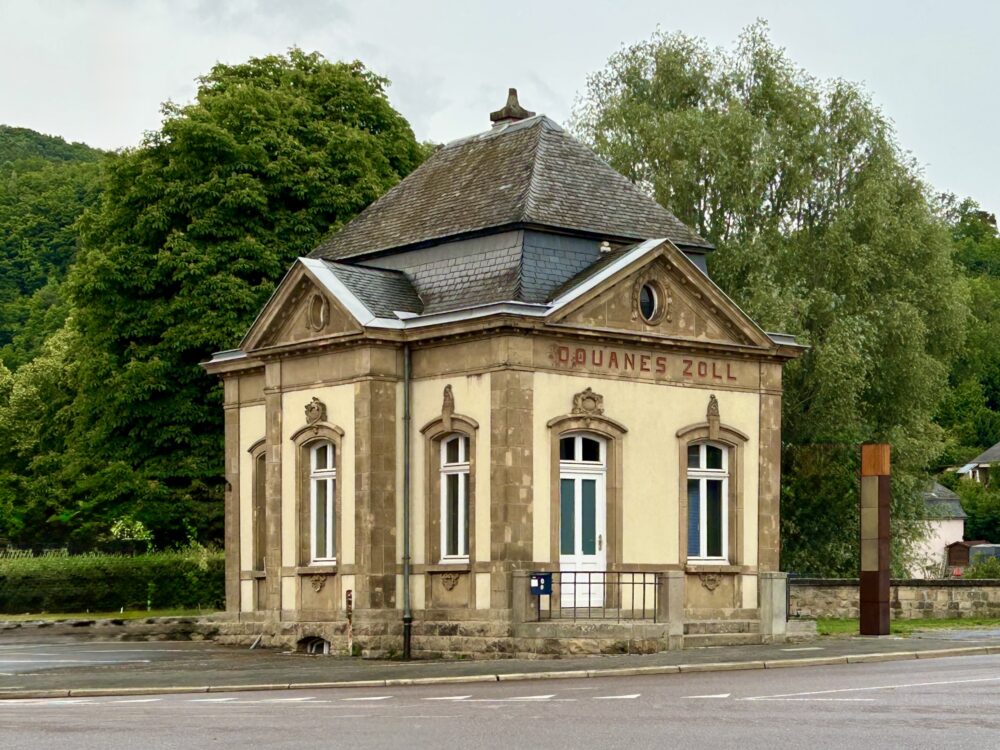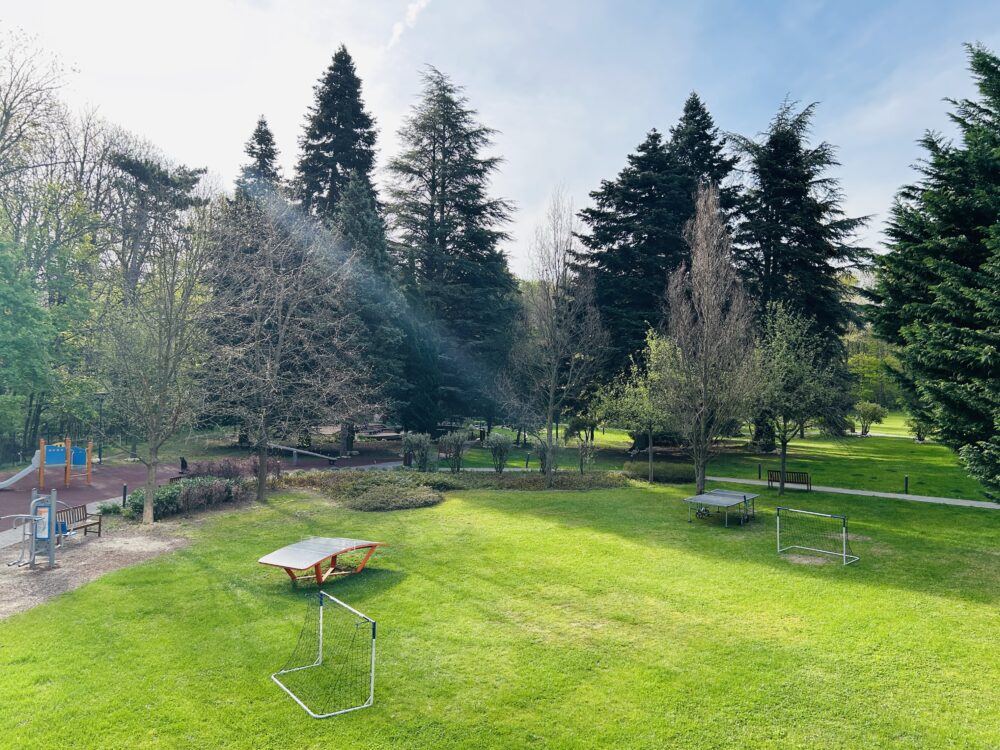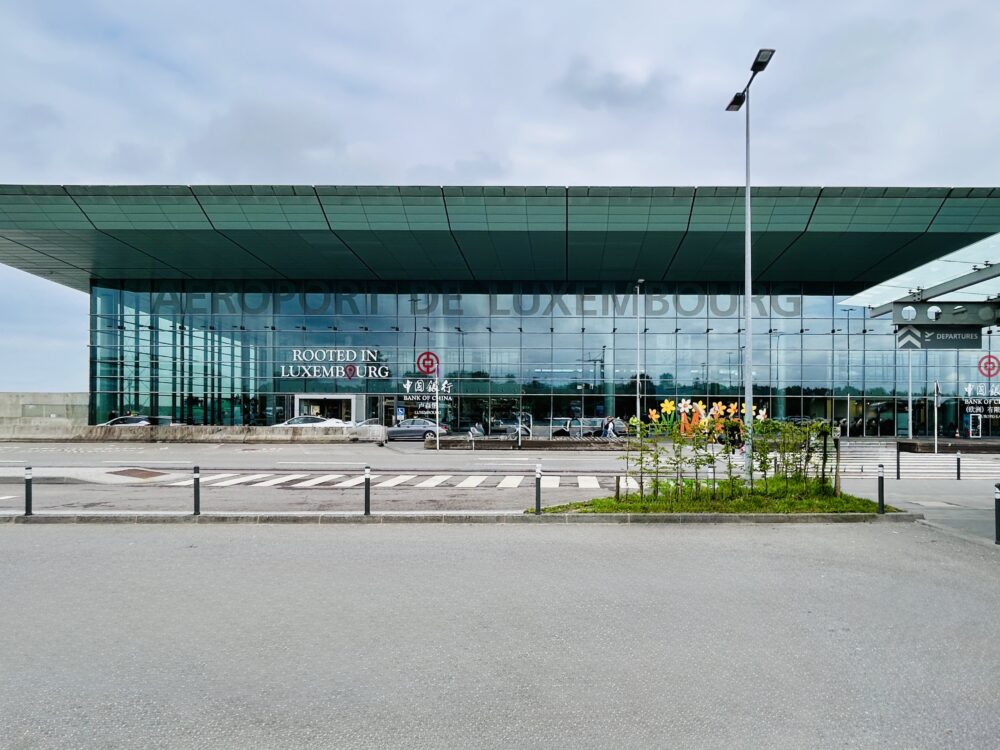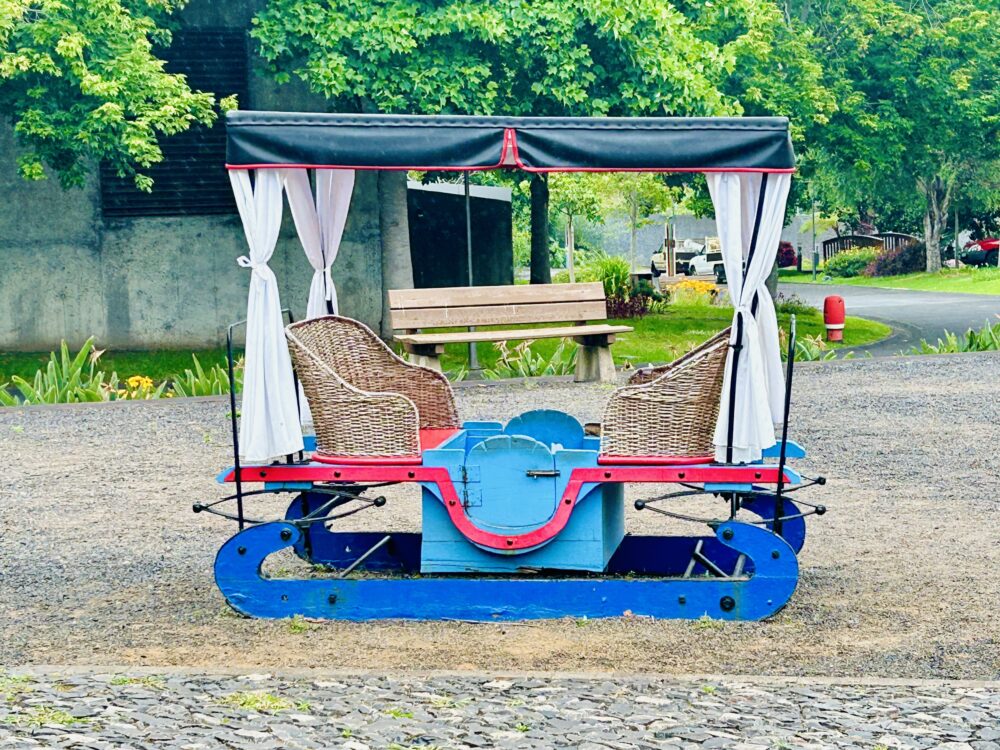Perched majestically above the town of Saarburg, the ruins of Saarburg Castle and the nearby St. Laurentius Church dominate the skyline, offering a glimpse into the region’s rich history. These landmarks provide stunning views of the Saar Valley and tell the story of Saarburg’s strategic importance and cultural heritage.
The History of Saarburg Castle
Saarburg Castle, one of the oldest hilltop castles in southwest Germany, was built in 964 by Graf Siegfried of Luxembourg. Initially constructed as a defensive fortress, the castle played a crucial role in protecting the region from invasions and controlling the surrounding territory. Over the centuries, it was expanded and fortified, becoming a significant stronghold in the hands of the Archbishops of Trier in the 14th century.
Despite suffering damage and partial destruction over the years, the castle remains a symbol of Saarburg’s medieval past. Visitors can explore the ruins, including the impressive fortress well that almost reaches the riverbed of the Saar, and climb the 107 steps to the viewing platform for panoramic views of the valley.
St. Laurentius Church
Adjacent to the castle, St. Laurentius Church stands as a testament to the town’s religious and architectural heritage. The original chapel on this site dates back to the 13th century, with the current neo-gothic structure built in 1854. The church was heavily damaged during World War II but was rebuilt, preserving elements of its neo-gothic style. Inside, visitors can admire the ‘Grape Madonna’ from around 1500, a stone baptismal font from 1575, and beautiful stained-glass windows.
Strategic Importance of Saarburg
During the Middle Ages, Saarburg’s strategic location made it a vital military and economic hub. Situated at the confluence of the Saar and Leuk rivers, the town controlled important trade routes and provided a natural defensive position. The castle’s elevated position allowed for surveillance of the surrounding area, making it difficult for enemies to launch surprise attacks.
Saarburg’s importance continued through the centuries, with its fortifications playing a key role in regional conflicts. The town’s control over river traffic and trade contributed significantly to its economic prosperity and strategic value.
Geopolitical Location of Saarland
Saarburg is located in the state of Saarland, in southwestern Germany. Saarland shares borders with France to the west and south, Luxembourg to the northwest, and the German state of Rhineland-Palatinate to the north and east. This geopolitical position has made Saarland a crossroads of European cultures and a focal point in Franco-German relations.
Historically, Saarland’s rich coal deposits and industrial capacity have given it economic and strategic importance. The region has changed hands multiple times, particularly during the 20th century, reflecting its significance in European geopolitics.
#SaarburgCastle #HistoricSaarburg #MedievalHistory #SaarlandHeritage #ExploreGermany



